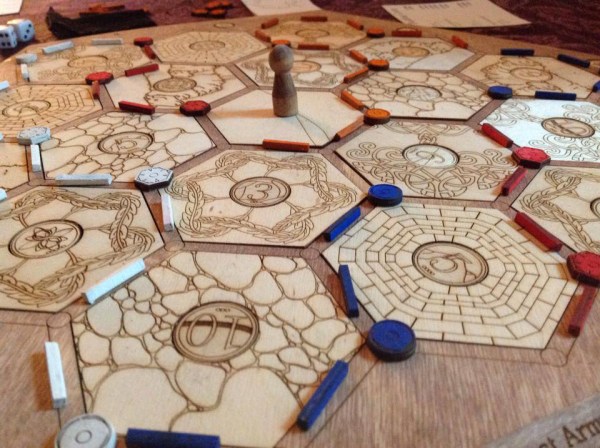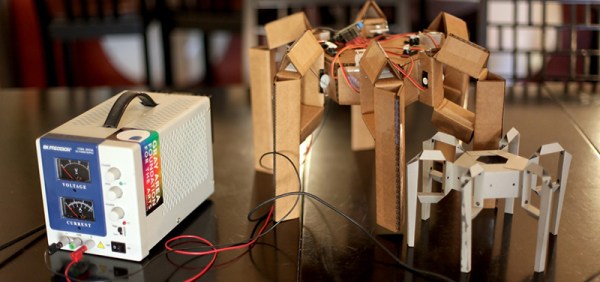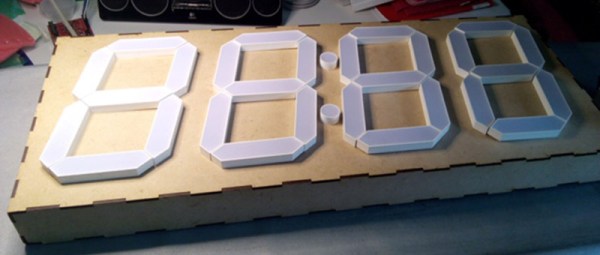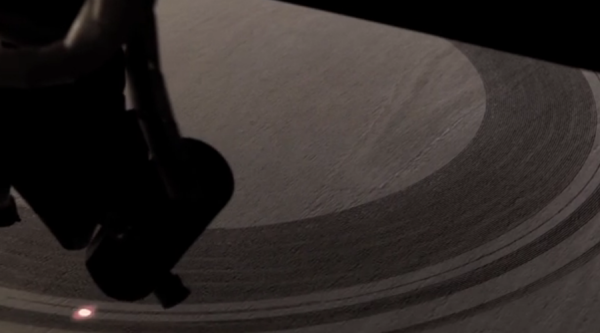If you own a pickup truck, you’ll quickly find yourself making friends with people who just happen to need help moving next weekend. Trust me, it’s almost magical. And if you own a laser cutter (or work in a hacker/maker space that has one) you’ll get some odd requests to cut or engrave plastic items of unknown type. Before you do, you should read this (pdf) chemistry lab written by [David A. Katz] to learn how to identify what type of plastic it is.
There are several reasons why you don’t want to cut or engrave some types of materials. A few make a gooey mess that you’ll regret even trying. Others make a horrendous odor. Some hackerspaces will even charge you extra if you stink up the place (aka: malodorous material charge.) Some tend to catch on fire. Yikes.
But that’s not the worst of it. Some types of plastic release potentially deadly hydrogen chloride gas. It’s bad for the optics, it’s wreaks havoc on the electronics and mechanics of the machine, and could do a really good job of messing up your lungs forever. In the video after the break, you can see the flame test for such plastics in action at the NYC Resistor as they test several common items using nothing more than a blow torch and some copper wire. In short, if the flame test produces a green flame, do not put it in the laser.
If you want to see a good list of what is and what isn’t ok to cut, head on over to ATXHackerspace’s wiki. They will give you a nice run down with lots of notes and helpful hints as well.
Continue reading “How To Identify Plastics Before Laser Cutting Them”

















